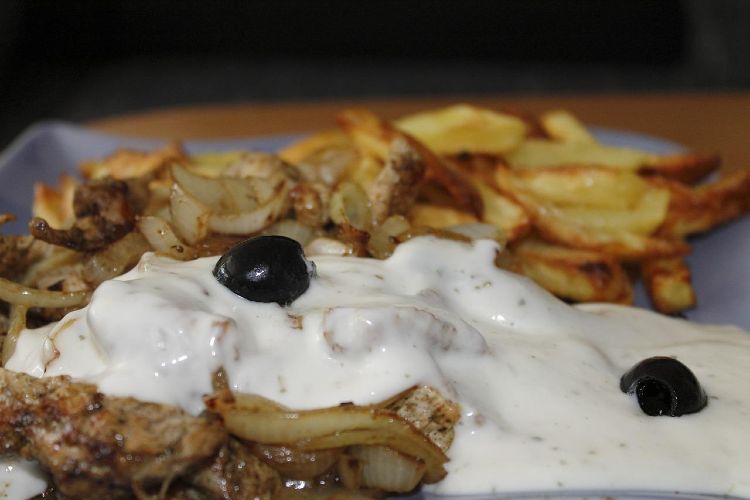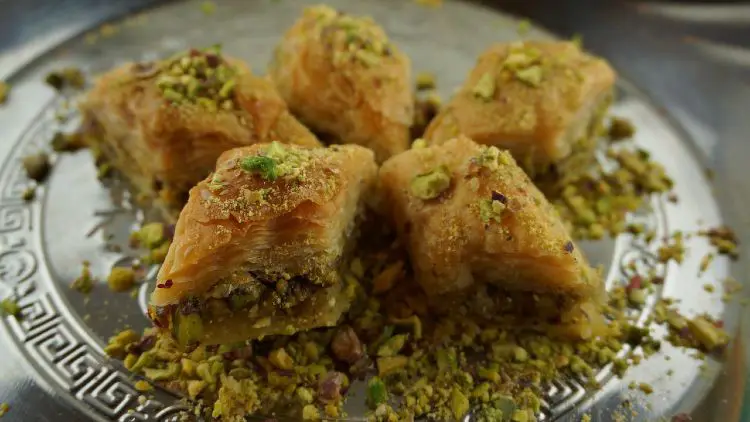From The Basics to Barilla and Bologna
I decided to become a food photographer when I realised I wanted to switch my passion for photography from a part-time hobby to a full day job and I had to decide what sort of product I was going to offer my prospective clients. Photography is a very competitive profession and there’s simply no space within it for a “do-it-all” professional.
I therefore had to look deeply at my artistic preferences and analyse carefully which kind of photography I loved the most. As a photographer you are not going to be successful shooting something you don’t like: you have to know your subject inside and out before attempting to create a great image of it. At the end I had to choose between portraiture and still life and food, as I very much prefer to work in a studio controlled environment. That was the moment that I had to make a commercial, market driven decision and I chose the less beaten path of food and still life photography.
As part of my training I assisted a professional photographer for about six months and I taught myself all the basic, technical knowledge.
Being a professional photographer is no different from running any other type of company. The real challenge is to find the market sector you want to sell to, offer a great product at a competitive price and ensure the right balance between quality and price. When you succeed in this all the rest follows but you always have to improve the quality of your offer, whilst keeping an eye on costs, investing in yourself and your equipment and staying ahead of the market at all times. You can never rest on your laurels.
My very first real career break came when I was commissioned to create almost all the food imagery for the web site of Barilla, one of the world’s greatest food multinationals. The allure wasn’t just the money, but the proof that what I was creating had some value. In commercial photography a shot is of value when you can sell it. Most of the greatest artists of the past had patrons who commissioned them to create their body of work, who valued their artistic skill. The commercial comparison between art and photography is still relevant.
Working in a studio, shooting all day long, can sometimes become quite stressful because you have clients, art directors, a food stylist, a cook and various crew members and you have to keep an eye and an ear on everything at the same time. It is the responsibility of the photographer to make sure the shoot goes as smoothly as possible. Sometimes this process is easy, with a friendly and relaxed mood, but on other occasions you ask yourself whether the old job you used to have was really not so bad after all. When a good day’s shoot is done and the images are all there in front of you, looking exactly how you planned them to be, then there is really no job more rewarding.
Being a studio photographer I mainly work in my studio in Bologna, but I do have to travel on occasions as I also do some location shooting. I find travelling is very interesting, it gives me the opportunity to meet new people, to overcome new challenges and to absorb new ideas from exploring unknown places. Not being married probably also helps a great deal in this situation, as I have more freedom.
I love cooking, which is another good reason to have chosen food photography, but in commercial shoots I prefer to rely on other professionals for preparing and styling the food, as each person has his-her own area of expertise. Having some cooking experience is invaluable when you have the final word on the set though, but one has to remember that most of the time food needs a different treatment to be shot than to be eaten. The criteria are different.
I love to explore farmers’ markets and to find the most genuine, authentic produce I can. I also love to find new eating places when I travel and, while I appreciate haute cuisine, the real satisfaction comes from finding the obscure, family run “trattoria” that prepares delicious home cooked meals.
Food and lifestyle photography are very connected today and a food image must also transmit the lifestyle and tradition of a recipe or of a particular genre of food. It must set a mood, create a “virtual ambience” for the viewer to make him feel how wonderful it would be to have a similar eating experience. This concept has been used in fashion photography for many years and while we all are more traditionalist, the two genres share increasingly more traits. Photographers and stylists can use different themes, whether they be homely, country, urban, modern or vintage, just like the world of fashion, depending on what kind of experience is being transmitted to the viewer.
In the future I would really love to work with some Australian magazines like “Donna Hay” or “Gourmet Traveller”, for the English edition of “delicious” magazine or the American publication “Martha Stewart Living”. All of them feature Italian cooking, so maybe one day my experience and background might come in use to them.
There are plenty of really great food photographers I appreciate and find inspirational, from Mikkel Vang to Con Poulos, Ditte Isager and Chris Court. Yes it is a very competitive market indeed, with lots of different talented professionals!
If I had to give advice to anyone who wanted to start a career in food photography I would say the following: shoot what you like the most; get the complete view before entering into the smaller detail of a shot; have the image in your mind before you frame it with the camera; never stop to look and learn from the world around you and, most importantly of all, remember to have fun!
Contact Details
Alessandro Guerani: www.alessandroguerani.com
Alessandro’s Blog: www.foodografia.com
Follow Alessandro on Twitter: @AleGuerani


